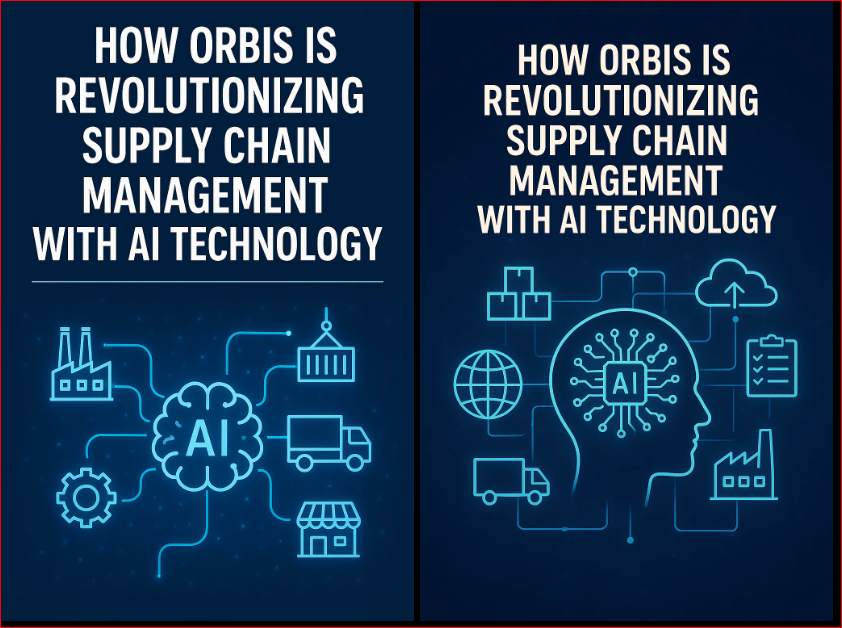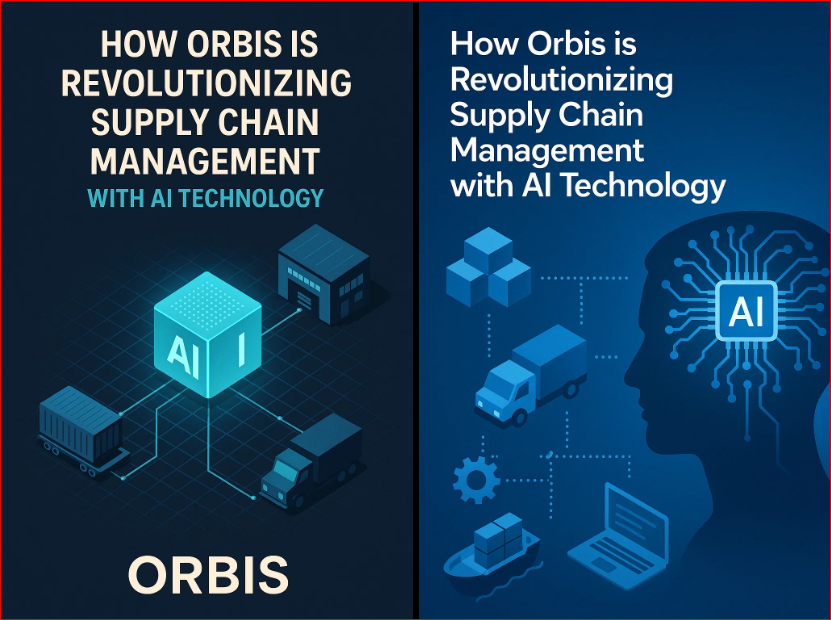In today’s fast-paced, data-fueled world, efficiency and foresight are everything. For data analysts and BI specialists, the supply chain isn’t just a logistical puzzle—it’s a treasure trove of insights waiting to be unearthed. But let’s face it: traditional systems are messy. Siloed data, slow responses, and opaque processes often cloud the big picture. That’s where Orbis steps in, wielding artificial intelligence like a flashlight in a dark, cluttered warehouse.
In this article, we’ll explore how Orbis is transforming supply chain management with AI, demystifying complex processes and empowering analysts to make sharper, faster, more strategic decisions.
Introduction to Orbis and Its Mission
Orbis is a tech innovator on a mission to modernize the backbone of global commerce—the supply chain. Leveraging cutting-edge AI, the company helps businesses unravel complexity, adapt in real time, and make smarter decisions across procurement, inventory, logistics, and delivery.

2. Why the Traditional Supply Chain Needs a Reboot
Traditional supply chains often operate like outdated maps—useful but riddled with dead ends and detours. Delayed shipments, inaccurate forecasts, and limited visibility plague businesses. Analysts spend hours reconciling fragmented reports, and decisions are often reactive rather than proactive.
It’s like trying to navigate rush-hour traffic using a paper map instead of GPS.
3. The Role of AI in Modern Supply Chain Management
Enter AI—a digital brain that learns, adapts, and predicts. In supply chains, AI doesn’t just automate tasks; it transforms the entire ecosystem. From forecasting and procurement to logistics and demand planning, AI turns raw data into real-time, actionable insights.
With AI, businesses are no longer flying blind—they’re flying with radar.
4. How Orbis Integrates AI into the Supply Chain
Orbis embeds AI deeply into each layer of the supply chain. It’s not a bolt-on solution; it’s a structural upgrade. Here’s how:
- Data Ingestion: Orbis collects data from ERPs, IoT devices, vendor platforms, and more.
- AI Modeling: Machine learning algorithms analyze patterns and anomalies.
- Actionable Dashboards: Real-time dashboards empower analysts to act decisively.
Think of it as replacing a typewriter with a smart assistant that writes, edits, and suggests improvements.
5. Predictive Analytics: Seeing Around the Corner
Orbis’s AI models forecast potential issues before they become problems. Whether it’s a spike in demand or a delay in supply, predictive analytics gives businesses a heads-up, not a post-mortem.
For data analysts, this means less guesswork and more confident forecasting.
6. Real-Time Visibility Across the Chain
What’s happening in the warehouse right now? Where is that shipment stuck? Orbis provides a digital twin of the entire supply chain in real-time. You don’t need to rely on daily status reports or emails—you see everything as it happens.
For BI specialists, this real-time clarity is gold. It fuels agile dashboards and responsive KPIs.
7. Smart Automation for Seamless Operations
From automatic reordering to dynamic routing, Orbis uses AI to streamline operations. Tasks that once took hours—like identifying the best shipping provider or allocating stock—are now executed in seconds.
This reduces human error and frees analysts to focus on strategic insights.
8. Demand Forecasting with Uncanny Accuracy
One of Orbis’s most powerful features is its ability to predict demand across different channels, regions, and seasons. It factors in historical sales, weather patterns, social trends, and more.
It’s like having a crystal ball that reads not just the future, but the context behind it.
9. Risk Management and Disruption Mitigation
From natural disasters to supplier bankruptcies, the supply chain is full of risks. Orbis’s AI monitors global events, identifies vulnerabilities, and suggests alternative routes or suppliers before disruptions hit.
In other words, Orbis doesn’t just manage the storm—it reroutes around it.
10. Sustainability and Waste Reduction Through AI
Sustainability isn’t just a buzzword—it’s a necessity. Orbis helps companies reduce carbon footprints by optimizing routes, preventing overproduction, and minimizing waste.
This aligns profit with purpose—a win-win for business and the planet.
11. Case Studies: Orbis in Action
Let’s look at real-world impact:
- Retail Chain X: Reduced stockouts by 35% and improved delivery times by 22% using Orbis’s predictive insights.
- Global Manufacturer Y: Slashed logistics costs by 18% with AI-powered routing and inventory optimization.
- E-commerce Brand Z: Increased forecast accuracy from 62% to 91% within three months.
These aren’t just numbers—they’re game-changers.
12. What This Means for Data Analysts and BI Specialists
Here’s the sweet spot for our data-savvy readers: Orbis makes your job easier and more impactful. Instead of cleaning messy spreadsheets or struggling with delayed insights, you get clean, centralized data with layers of intelligent analysis.
Your role shifts from reporting on what happened to influencing what will happen.
13. Challenges and How Orbis Overcomes Them
Sure, AI implementation isn’t without hurdles:
- Data Silos? Orbis breaks them down with seamless integrations.
- Change Resistance? Orbis offers guided onboarding and change management tools.
- Model Drift? Continuous learning keeps predictions sharp.
Orbis isn’t just a tool; it’s a partner in transformation.
14. The Future of Supply Chain Management with AI
Looking ahead, Orbis plans to deepen its AI capabilities with:
- Generative AI for scenario planning.
- Hyper-automation for end-to-end orchestration.
- Collaborative intelligence to align human and machine decisions.
The future is not just automated—it’s intelligently connected.
15. Conclusion and Key Takeaways
In a world where delays cost millions and visibility is everything, Orbis is leading a quiet revolution. By merging AI with the supply chain, it gives companies not just efficiency but foresight.
For data analysts and BI specialists, this means less time in the weeds and more time steering the strategy.

